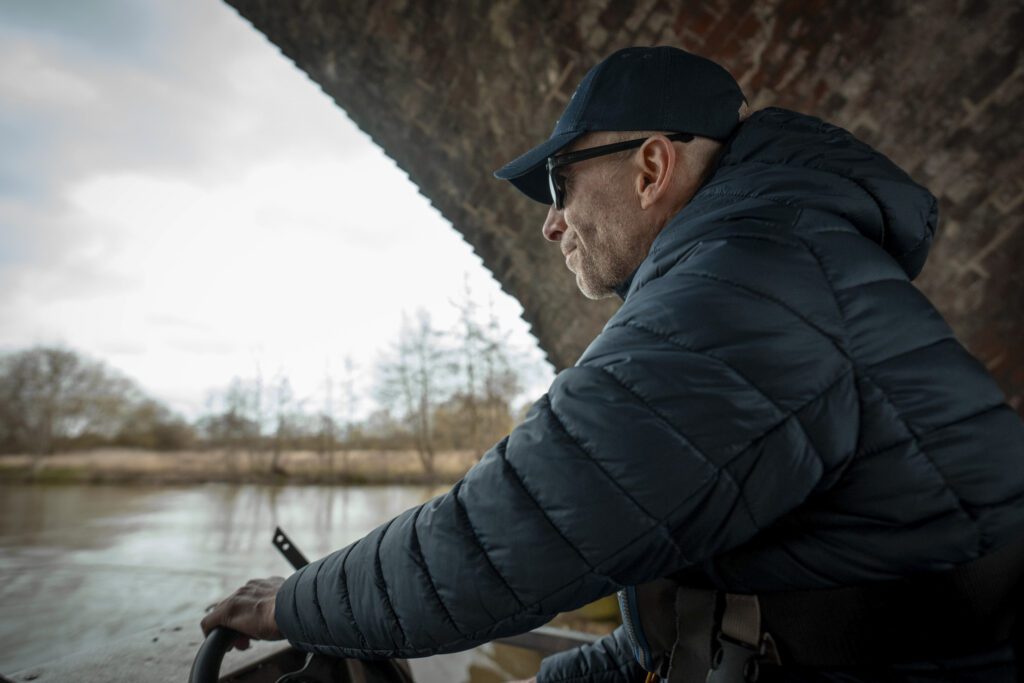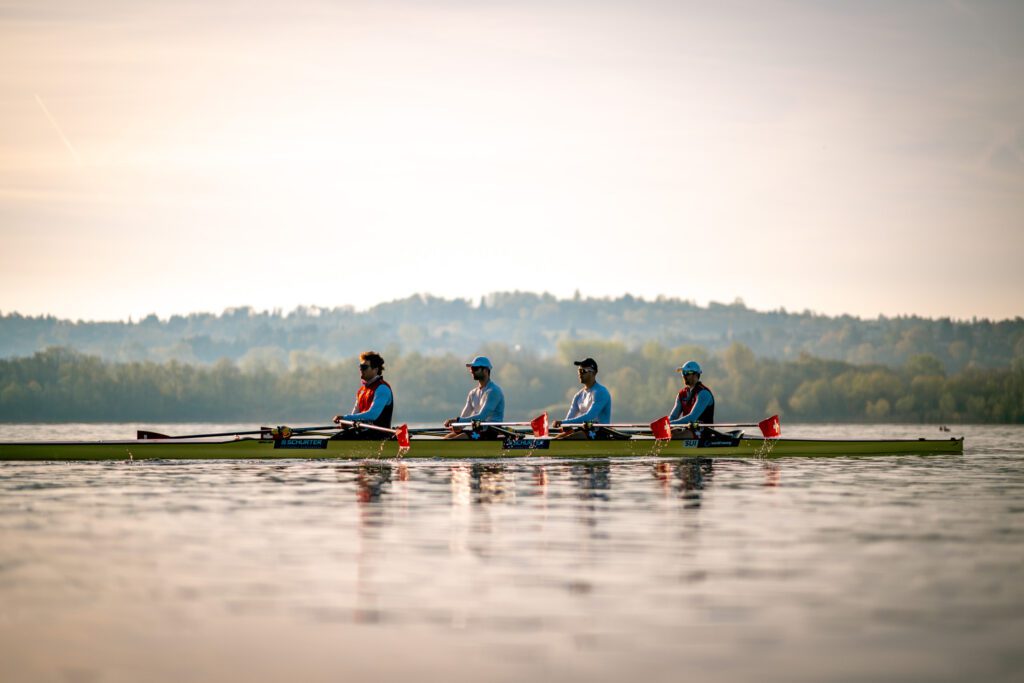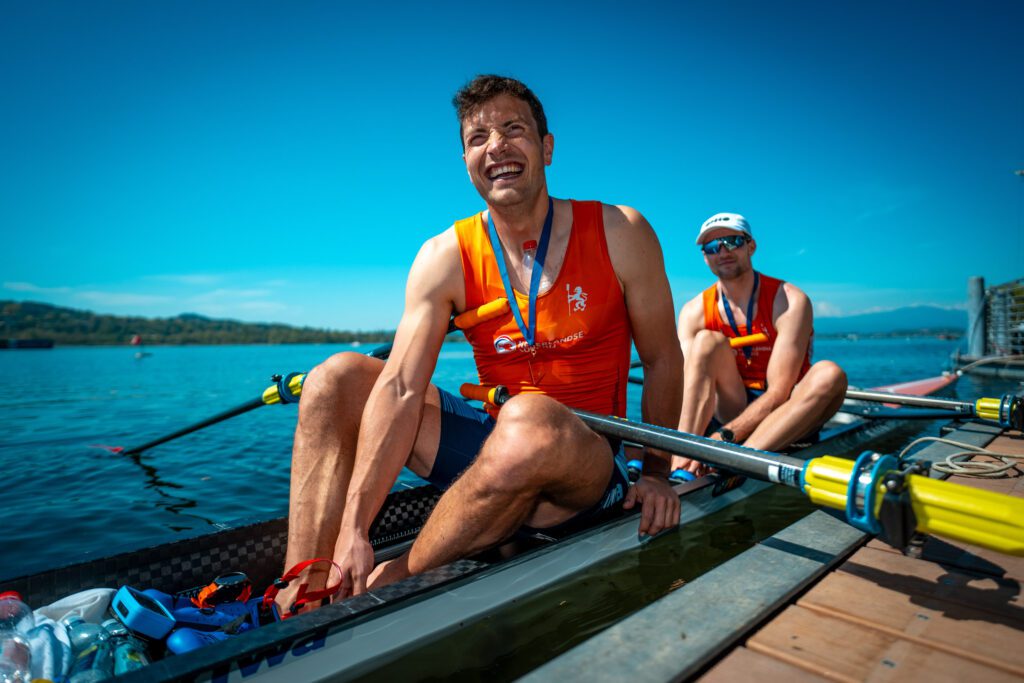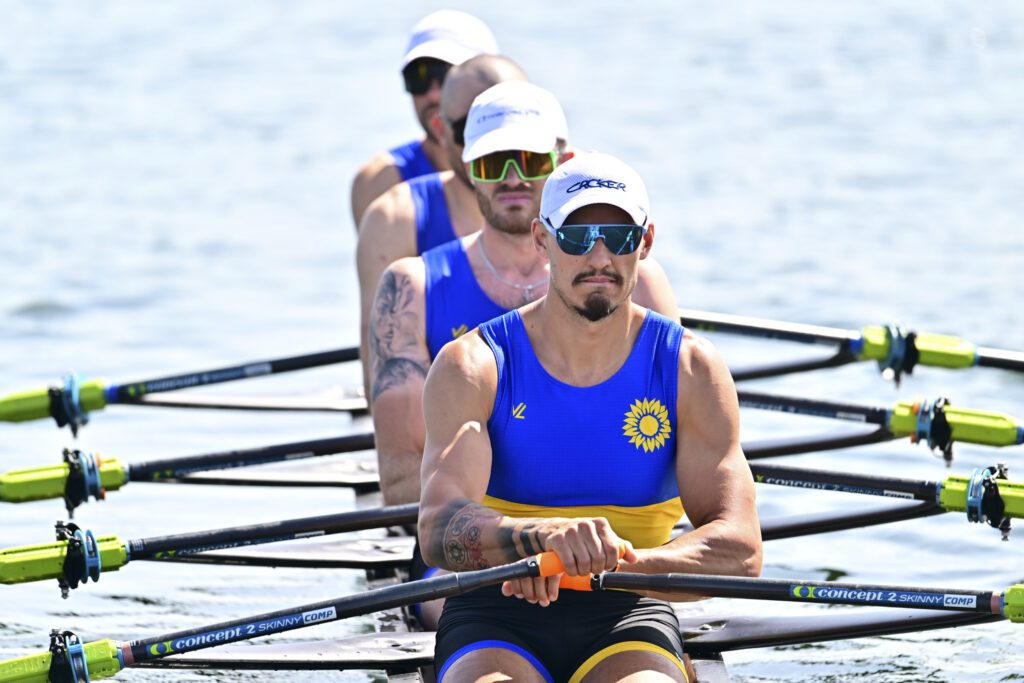When WWI ended on 11 November 1918, one of the many problems facing the peacemakers was the huge number of foreign soldiers stranded in Europe. The Australians alone had 200,000 war weary, home-hungry soldiers to deal with. It had taken no less than four years of continuous shipping to get them there. The circumstances surrounding their return were easier, but it would still take two years till they all went back.
In the meanwhile, the governments involved needed to help millions of men steeped in the trauma and bloodshed of war to adapt to a peace time existence. The British government was particularly aware that its soldiers needed to be provided for properly upon their return to avoid a revolution.
Any sense of normality felt fragile. It took six months to negotiate the Versailles Peace Treaty, which after being debated at various conferences in Paris was eventually signed in late June 1919. Old empires were broken up and new nations formed. The flu epidemic killed millions, while political tensions from the Russian revolution of two years beforehand continued to send tremors across the world. This was the fractured nature of peace in Western Europe. Since – inevitably – so many of its participants had been called up to fight, English rowing was one of many areas of life that struggled to recover. Many rowers from the pre-war years were dead or injured. So, when the first post-war Henley Royal Regatta was proposed in 1919, it was recognised that it was not enough simply to return to the old format. Instead the organisers instigated what was known as the Royal Henley Peace Regatta.
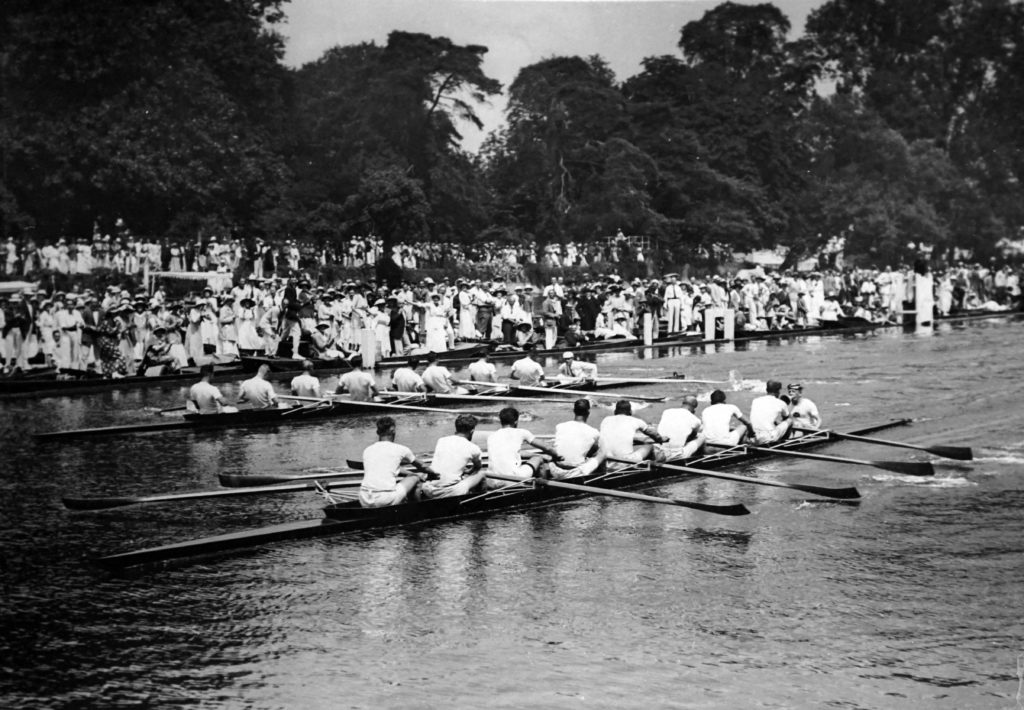
Photo Australia beat Oxford in 1919
Since so many of the Allied armies were still in Europe, the usual challenge cups were set aside and two events specifically for servicemen of the Allied armies were included. Crucially, key adjustments were made to rules for amateurs. For instance, a clause forbidding an amateur to receive contributions towards his expenses from anyone not a member of his club was omitted.
The premier event was for eight-oared crews. The prize was a handsome cup donated by King George V – known, perhaps unsurprisingly, as the King’s Cup.
Other events included the Leander Cup which was also presented to four-oared crews for Allied servicemen. There were also more minor events for amateur oarsmen from Allied nations. These included The Hambleden Pairs trophy presented by Viscount Hambleden and the Kingswood Sculls trophy presented by Walter Bersey.
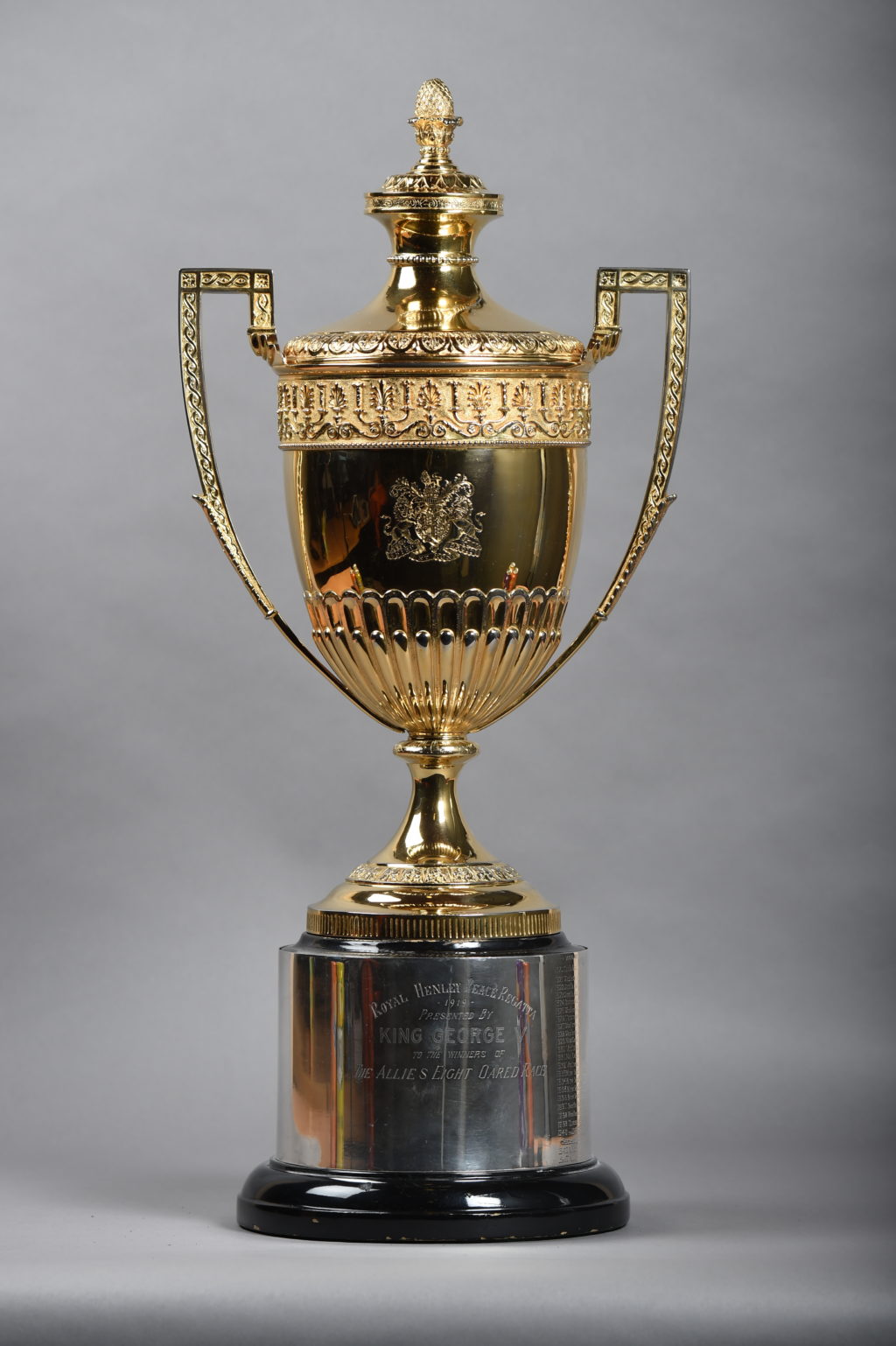
Photo The prize was a handsome cup donated by King George V – known, perhaps unsurprisingly, as the King’s Cup.
When the regatta eventually took place, British crews managed to snare two of the trophies. The Leander Cup was won by a highly regarded services crew from that club, while Trinity College Cambridge made off with the Hambleden Pairs. New Zealand also made its mark, with Darcy Hadfield from New Zealand winning the Kingswood Sculls. Inevitably, though, the main focus was on the King’s Cup. The armies of the United States, France, New Zealand, and Canada all sent crews. Service crews from Oxford and Cambridge universities were also competing. On top of this there were two AIF (Australia Imperial Force) crews.
The standard of racing for the King’s Cup was high. This was despite each competing crew having their own significant, and unique, selection, training and coaching issues. Like the other crews, the Australian rowers had seen action in some of the worst battles of the war. Coaching these war-hardened and often injured service men was a challenge. Many preferred rowers had already gone home.
The Australians wanted to row with the distinctive style that had won them the Grand Challenge Cup in 1912. Their coach – the legendary Steve Fairbairn – had different ideas. The result was a series of arguments in which more than one rower threatened to storm out. With mutiny constantly threatening, Fairbairn eventually withdrew for health reasons.
Despite such a fractious run-up, when it eventually took place the regatta was a triumph, a cathartic celebration of the rowers’ readiness to resume the joy and honour of sport. The energy and desire to compete was high. For the regatta, after all, represented a winning of the peace; the unsettling readjustment to civilian life after the atrocities of war; the rehabilitation through sport of the physical wounds of war, and also the role of sport in the recovery from the severe psychological scars of war. (Today it’s the Invictus Games that take on this role).
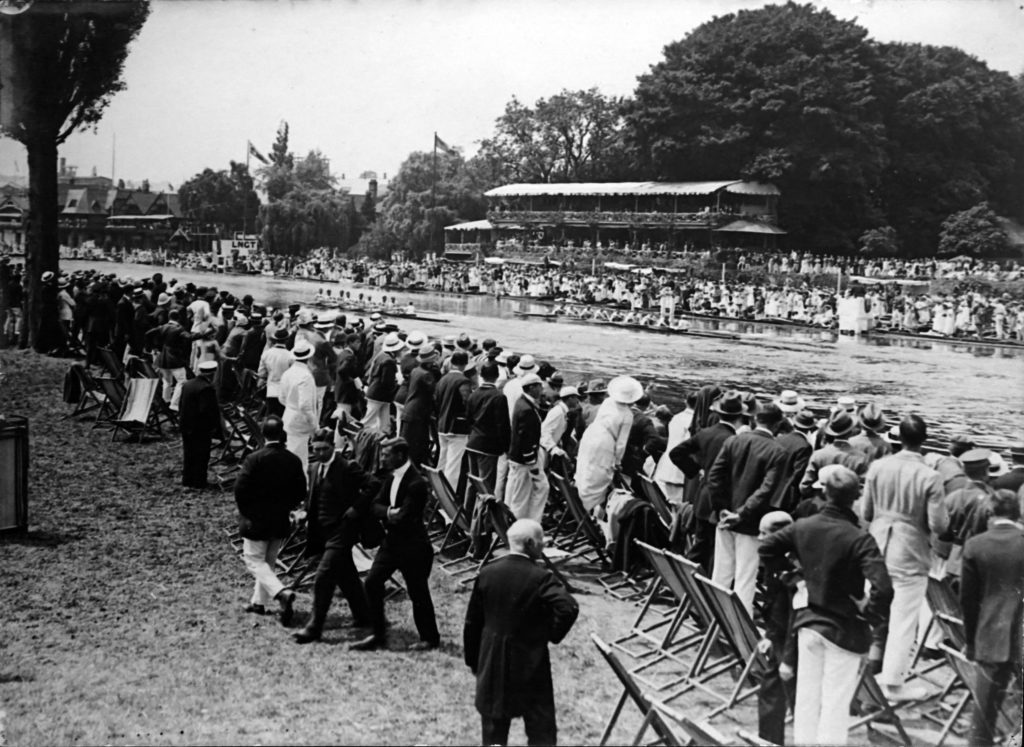
Photo Crews race past Phylis Court in Henley in 1919
In that first Peace Regatta, amid much excitement, the King’s Cup was won by the AIF’s No 1 crew. It was a heady moment. But the story would not end after they won the race and received the trophy. Buoyed up by their win, within moments of the race finishing, the rowers started saying they wanted the King’s Cup to be the perpetual trophy for their annual Interstate race. However, the newly formed Australian War Memorial Committee had other ideas.
On the rowers’ return to their country, the Australian War Memorial Committee took possession of it, designating it a war trophy. It was supported in this decision by the Minister of Defence and Prime Minister Billy Hughes. After a lengthy dispute, the Governor-General accepted the advice given by his ministers that the trophy should sit with the War Memorial. If they thought the AIF were going to accept this, they were wrong.
The fightback would take two years. After going through the right channels and being rejected at every turn, the AIF No. 1 crew appealed directly to King George V in a petition signed by their stroke Clive Disher. While many advised the King not to disrupt the status quo, he decided to grant the rowers their wish. While precise reasons for the decision are not known, one suspects that the clause noting the contribution of thousands of Australian rowers to the Allied cause would have carried significant weight.
His official response came through Winston Churchill, then the Secretary of State for the Colonies. In words which continue to resonate through generations, Churchill declared, “His Majesty commands me to inform you that it is his wish that the Cup should be used as a permanent trophy and it be competed for annually in the Interstate Eight-Oar Race of Australia”.
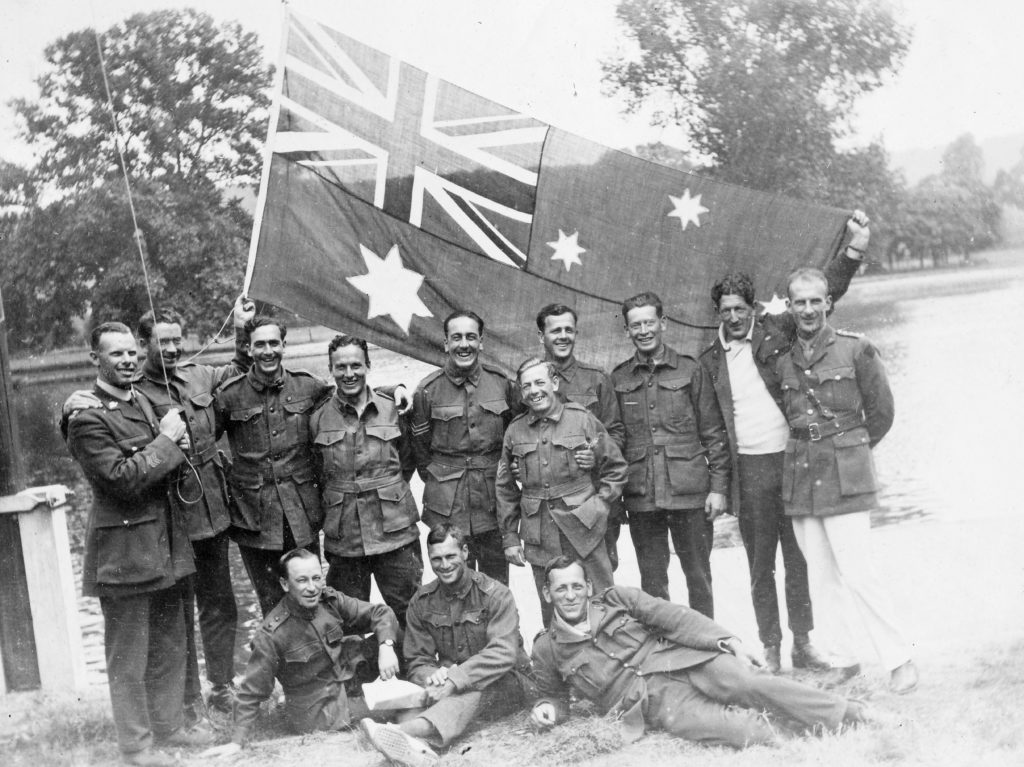
Photo Australian Armed Forces rowers pose for a photo by the river in Henley.
Today, the King’s Cup holds a special place in Australian rowing. It is fiercely fought over each year in the Men’s Interstate Eight-Oared Championship of Australia. For the highly anticipated 2019 Henley Royal Regatta (HRR) – part of the centenary celebrations of the Peace Regatta – the original King’s Cup will be on display. Beyond this, Australian historian Bruce Coe has just published an account of how the AIF No 1 crew won the King’s Cup in Pulling Through, The Story of the King’s Cup. This will be on sale in the HRR shop.
The new King’s Cup
This, then, is the back story to why, for the centenary of the Royal Henley Peace Regatta, the Stewards have added another race to the 2019 race schedule – a new King’s Cup to be contested by military crews from eight nations. It’s just one mark of the trophy’s significance that it will contain metal from important objects from the competing nations, including from the original King’s Cup.
Another significant innovation is that for the very first time, male and female military athletes will row in the same boat at an elite international event. The 2019 King’s Cup will see mixed gender crews from the original six nations of Australia, Canada, France, New Zealand, the UK and the USA, joined by Germany and the Netherlands, competing in a knock-out format over the final three days of the 2019 HRR.
So, at the same time as looking back on a momentous and turbulent past, this award also tips its cap to the future. As international co-ordinator, Chris Hartley, says, “The 2019 King’s Cup campaign once again demonstrates the power of sport to build positive change. As military forces around the world embrace gender inclusiveness, the prospect of mixed crews racing at HRR is tremendously exciting. As in 1919, HRR is breaking new ground and we anticipate some highly competitive racing”. ROW360
